Top tips for driving in Ireland
At 486 km (302 miles) at its longest point from north to south, Ireland is a very drivable island that is best seen by road. Many parts of Ireland are not easily accessible by public transport. For example, if you are looking for things to do in Donegal you will absolutely need a car. So don’t be afraid and follow these tips and you will find driving in Ireland a piece of cake.
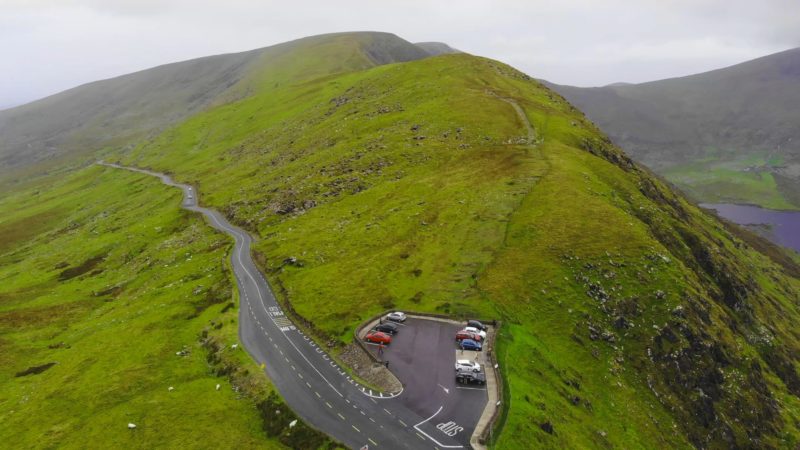
With so many great things to see and do all within an island about the size of the State of Indiana, Ireland is best explored by road. So, if you’re planning an Irish road trip, these are our top tips for driving in Ireland.
Motorcycling in Ireland
Riding a motorcycle throughout Ireland is an unforgettable experience. Hubs is a bike fanatic and is still depressed about having to sell his Honda Shadow. He has rented a bike and driven several iconic Irish and European roads and loves the freedom his bike gives him.
I started riding pillion years ago but my confidence is not great and I don’t like being out of control. I would love to get my own bike one day but need to gain confidence. There are some epic motorcycle roads in Europe that would be a joy to ride on.
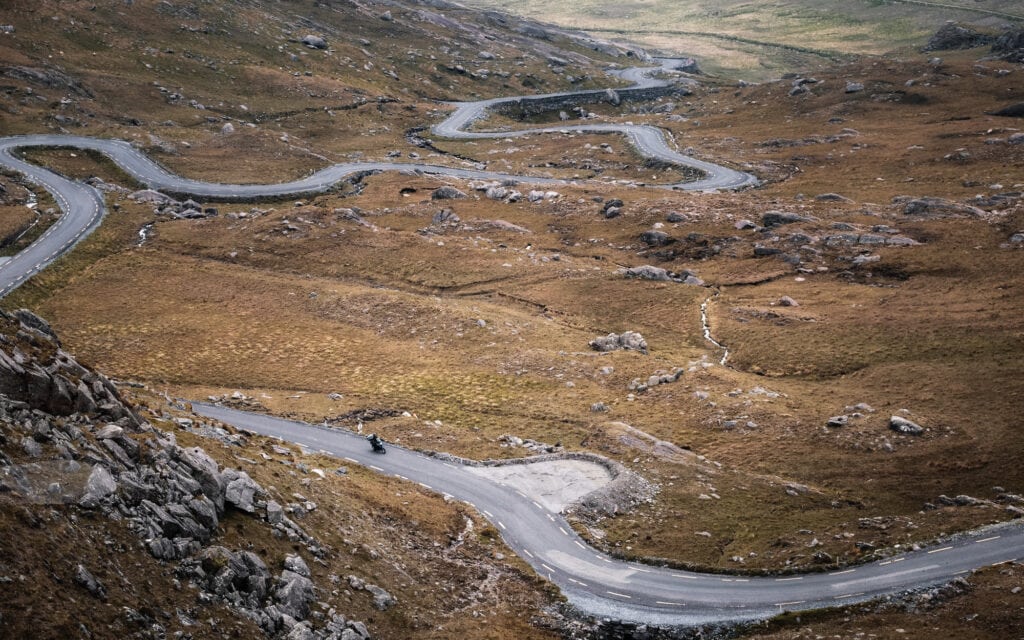
Driving in Ireland for Americans
Driving in Ireland which side of the road? I always say to myself to keep my butt in the middle of the road, which is good advice as then you don’t have to think about driving on (as we N. Americans say) the wrong side of the road.
Do they drive on the left in Ireland? Yes, Cars on the island of Ireland drive on the left-hand side of the road.
Tourist driving in Ireland – how to use a roundabout
Who has right of way on a roundabout in Ireland? You always yield to traffic that’s already on the roundabout and traffic coming from your right. Don’t enter the roundabout until it’s clear from your right – this may mean waiting until someone is exiting onto the road you’re waiting to enter from.
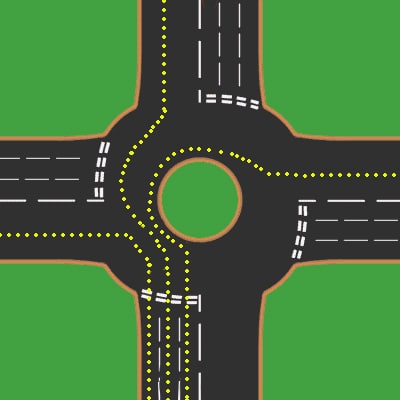
Traffic Lights in Ireland
Sometimes traffic lights operate differently depending on what European country you are driving in so here’s the basic information on using traffic lights. In Ireland as in the UK, the traffic light sequence appears to be the same but will change from red to amber and then to green. Unlike the USA and Canada which go green, amber and red. This is because in Europe most cars are manual and the lights going from red to amber gives you a chance to get ready to go and put the car in gear. In NA the lights change from green to amber to warn you to stop.
- Red light: do not cross the stop line or pass the light.
- Yellow light precedes the red light: stop unless you are already too close to stop safely when the light changes.
- Yellow and red lights flashing together: prepare to drive.
- Green light: drive.
- Flashing yellow light alone: the intersection is not regulated by traffic lights, proceed with caution.
Driving in Ireland tips
From making sure you stay on the right side of the road to being aware of driving laws, there are a few things you need to keep in mind before taking to the road in Ireland.
Google Maps
Google maps – can I just say that I’ve been lost several times with Google but I have always enjoyed the fact that I get to explore places I never dreamed of and enjoyed more than the standard tourist sites. There are however several Google Maps tricks and tips for your next travel adventures that you should know before you go.
Rules of the road
First up on our list of top tips for driving in Ireland is that you abide by the law. Offences like driving under the influence and using a mobile phone while driving are taken very seriously in Ireland.
To keep yourself and those around you safe – and also to avoid any hefty fines – make sure you abide by the driving laws in Ireland.
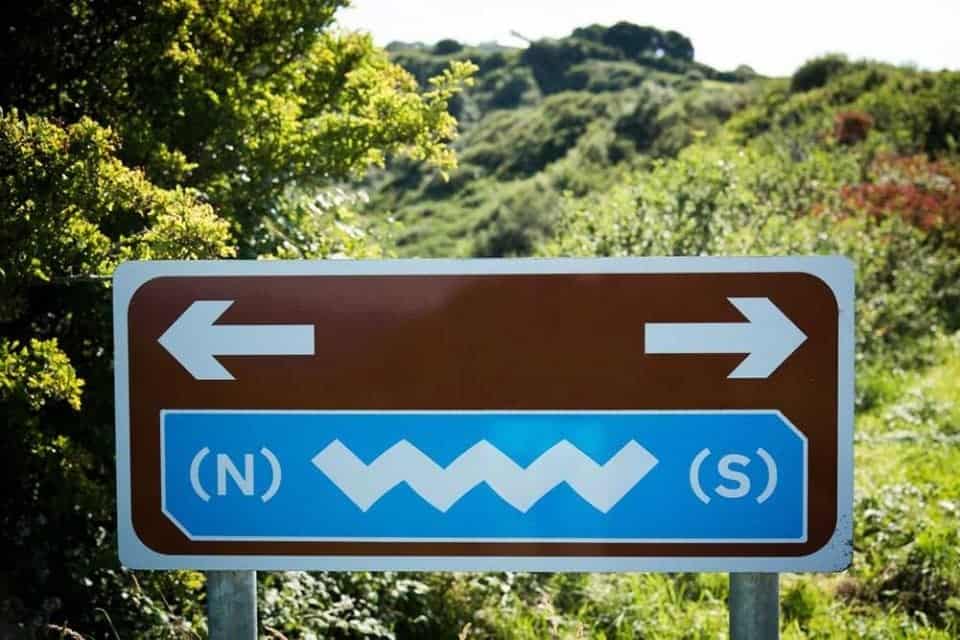
Don’t Drive in Dublin
Driving in Dublin Ireland is simply a no-go if you’re not used to the roads. Like any city, the centre is often full of traffic, making it a nightmare to navigate the road systems. The roads are also very narrow unlike N. America roads which does making city driving quite nerve wracking.
So, if you’re heading into the city centre, we advise against driving. There are lots of park-and-ride spots on the outskirts of the city, where you can leave your car and commute to the centre using public transport.
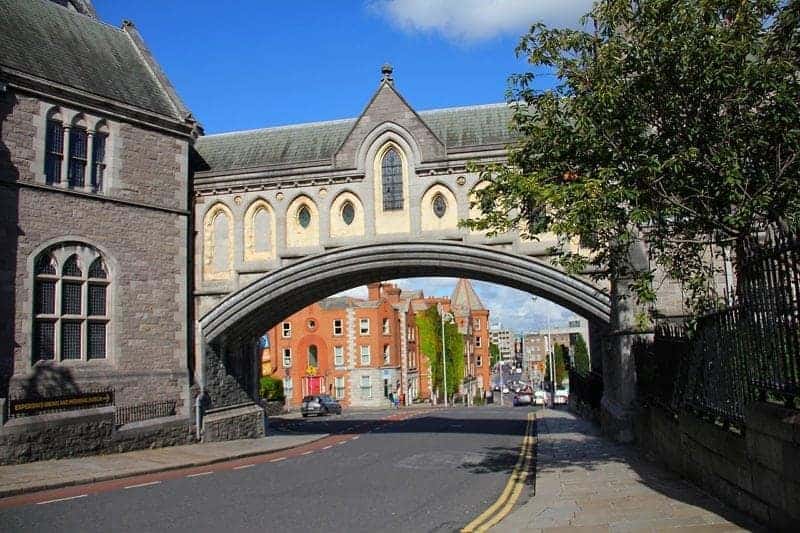
Irish roads
Many of Ireland’s roads are narrow and winding country roads. Thus, we advise taking it slow if you don’t know about the upcoming twists and turns.
Many locals will want to race on ahead, so feel free to let them pass. Just drive slow and enjoy the stunning Irish scenery that surrounds you.
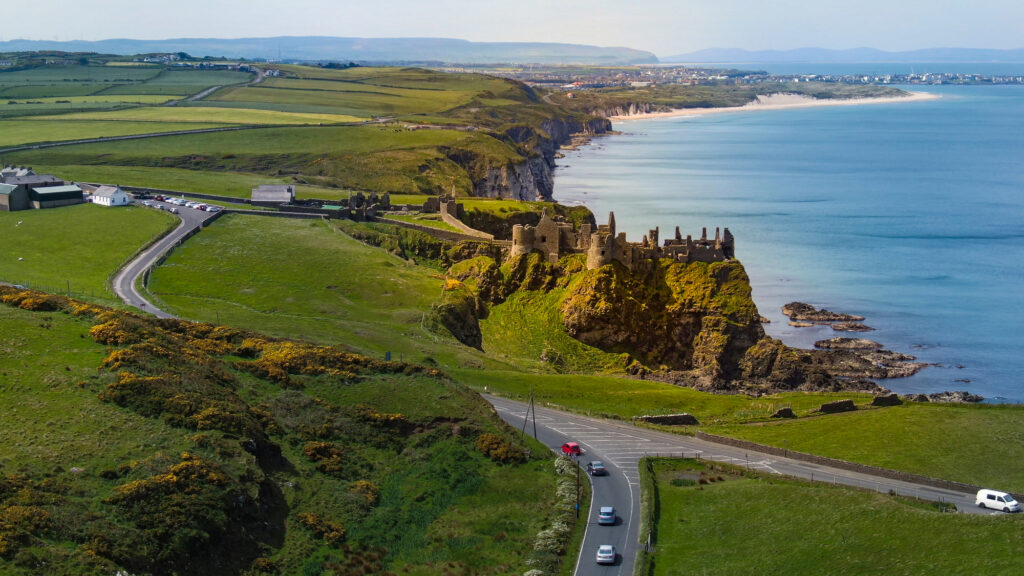
Be aware of the change from km to miles
When you cross the border from the Republic of Ireland into Northern Ireland, remember that the speed limits change from kilometres per hour to miles per hour.
You don’t want to get caught speeding because you’ve got confused about the unit of measurement.
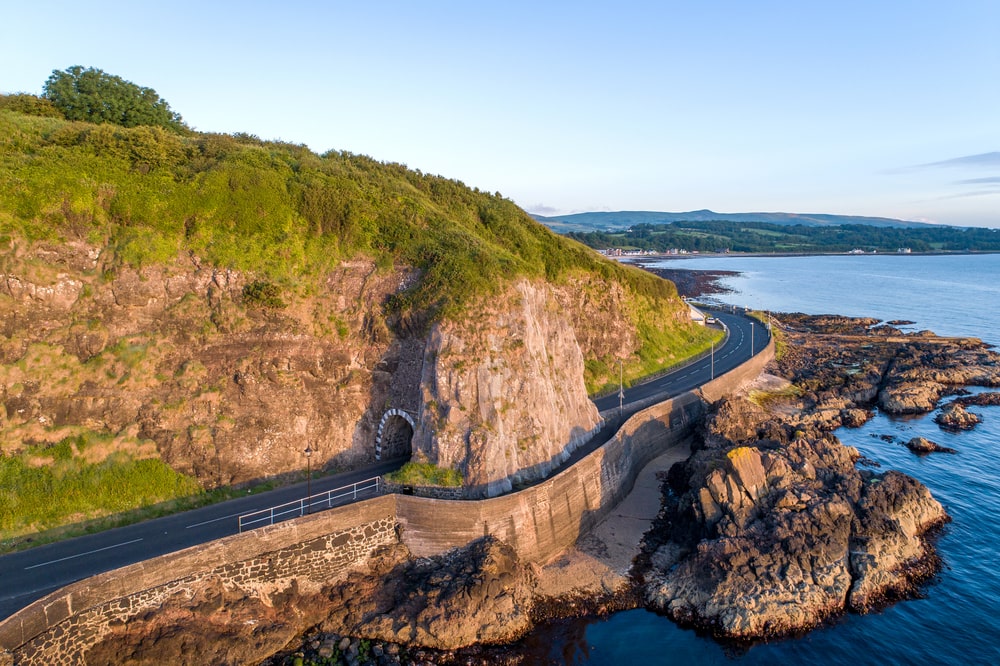
Toll Roads in Ireland
Ten of Ireland’s eleven toll roads have regular barrier toll plazas which means you can pay in cash or debit/credit card at the barrier. The M8, Limerick Tunnel and the East Link Bridge require a cash payment. The M50 is the only toll road you don’t have a barrier so you may not notice that you do have to pay. There are no toll roads in Northern Ireland.
BEWARE: The M50 toll road that goes around Dublin is a barrier-free toll, this means that you don’t pay on the road but you MUST pay before 8 pm the next day. This can be done by an app on your mobile or via computer and at most gas stations with a Payzone sign. There are no toll roads in Northern Ireland.
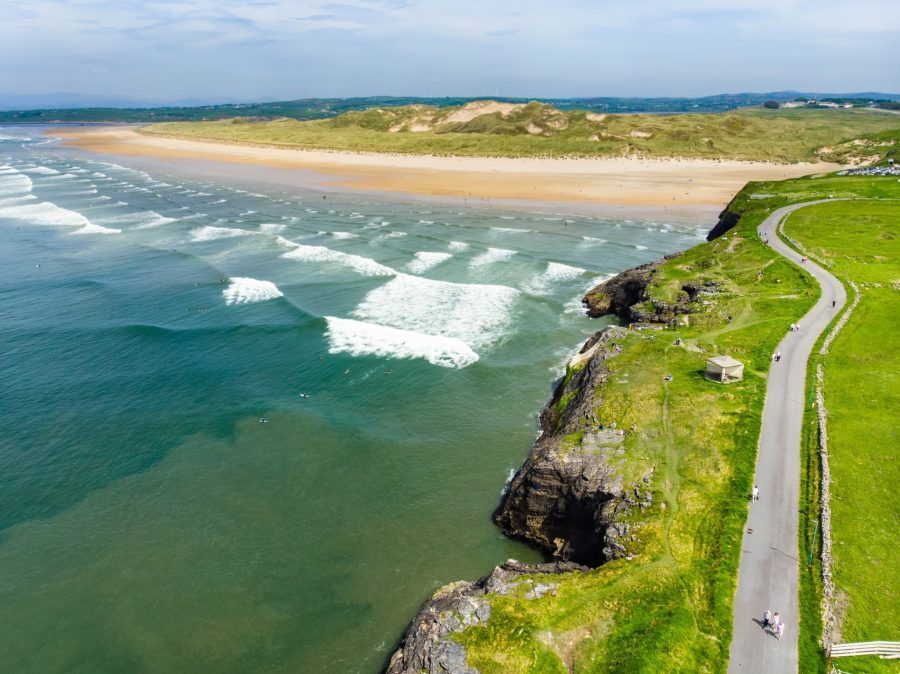
Plan your route
When you’re thinking of heading on an Ireland road trip, it is super important to plan your route. This comes in handy, so you don’t miss any important stops and sights you want to see along the way.
However, many of the best things in Ireland are hidden gems that you might not even have heard of. So, allow extra time to discover some unique, off-the-beaten-path experiences.
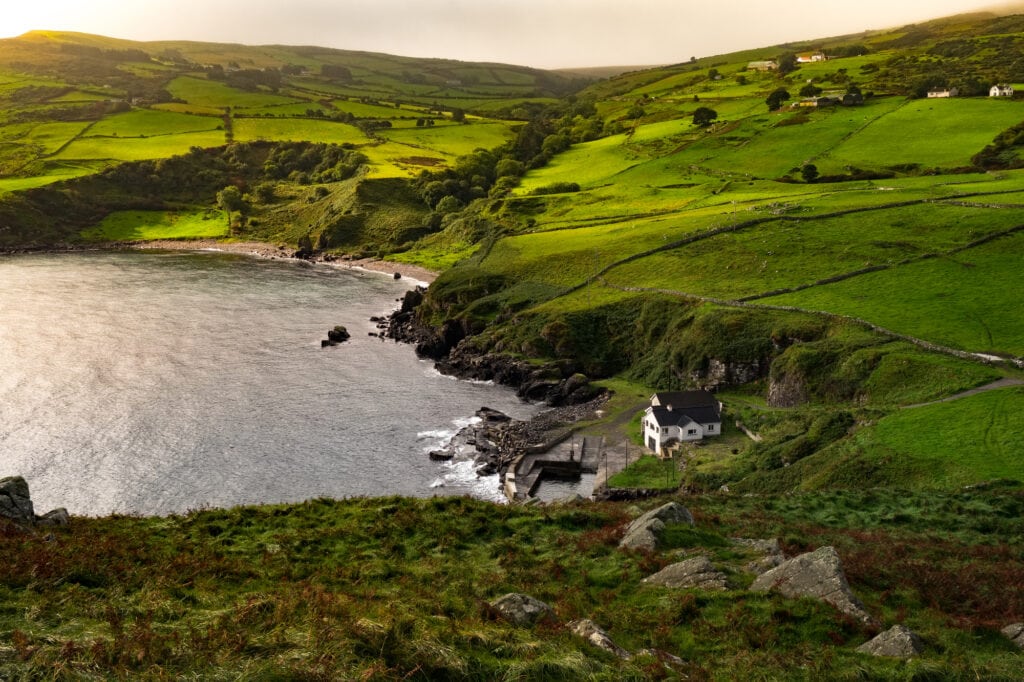
Renting a car
It goes without saying that one of the top tips for driving in Ireland is to hire from a reputable car company. To avoid any issues with the car, insurance, or anything else, make sure you read the reviews before booking your vehicle.
There are plenty of well-known and reputable car companies across the Emerald Isle that offer great deals for hiring cars.
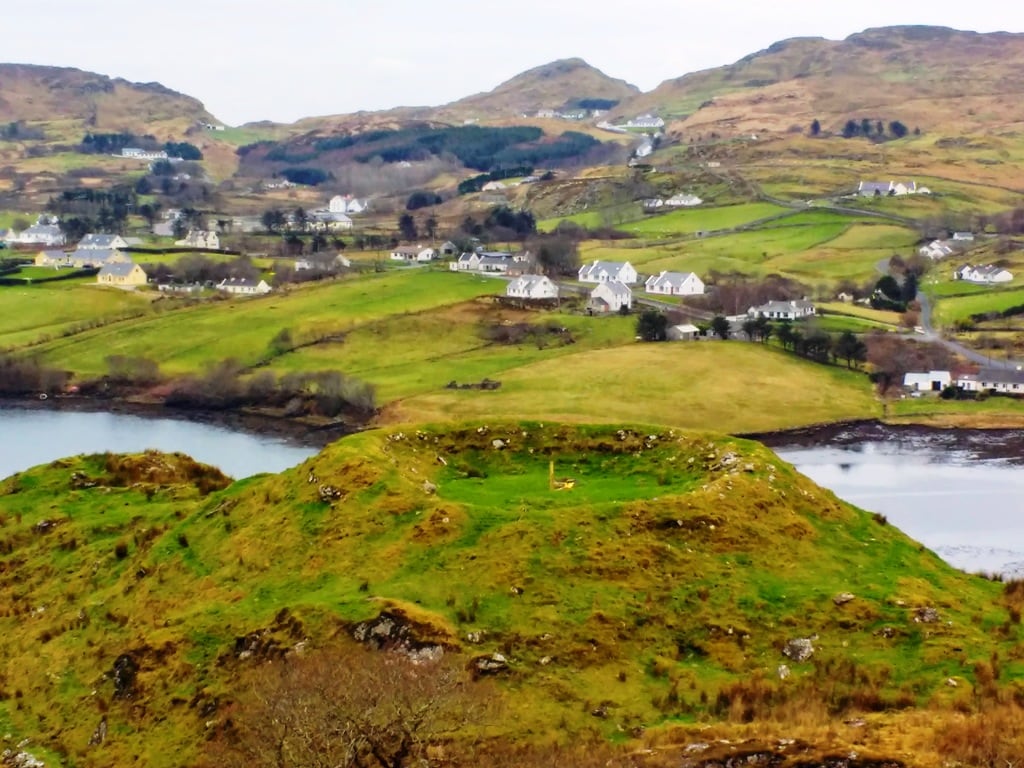
Make sure you’re fully insured – comprehensive insurance is your best bet
There are three levels of insurance for driving in Ireland: third-party, third-party fire and theft, and comprehensive.
To avoid running into any trouble in the long run, pay the extra money upfront and buy comprehensive insurance.
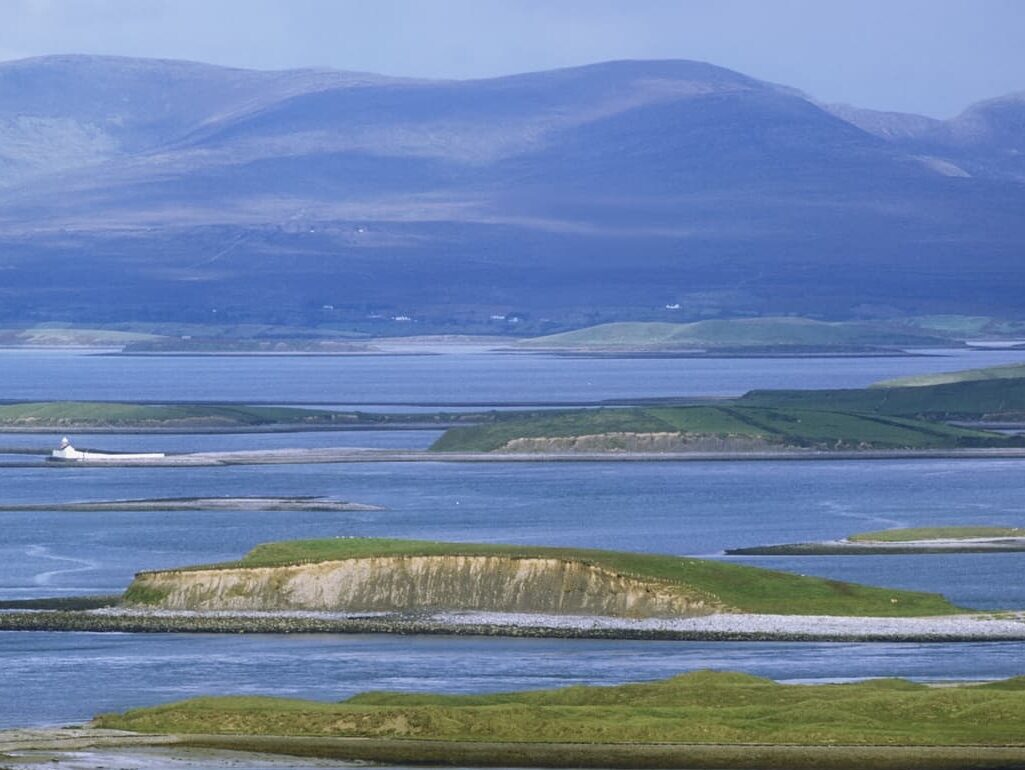
Hire a small car – best for narrow country roads
Many of the roads across Ireland are narrow and winding country roads, and many feature low bridges.
For this reason, we advise hiring a small car that can fit through tiny spaces and won’t get stuck on narrow roads. You’ll thank us later for this one!
Remember to drive on the left – the most important tip of all
Topping our list of tips for driving in Ireland is remembering to drive on the left.
Unlike most other countries, including the United States and most countries around Europe, cars drive on the left-hand side of the road in Ireland with the driver on the right of the car.
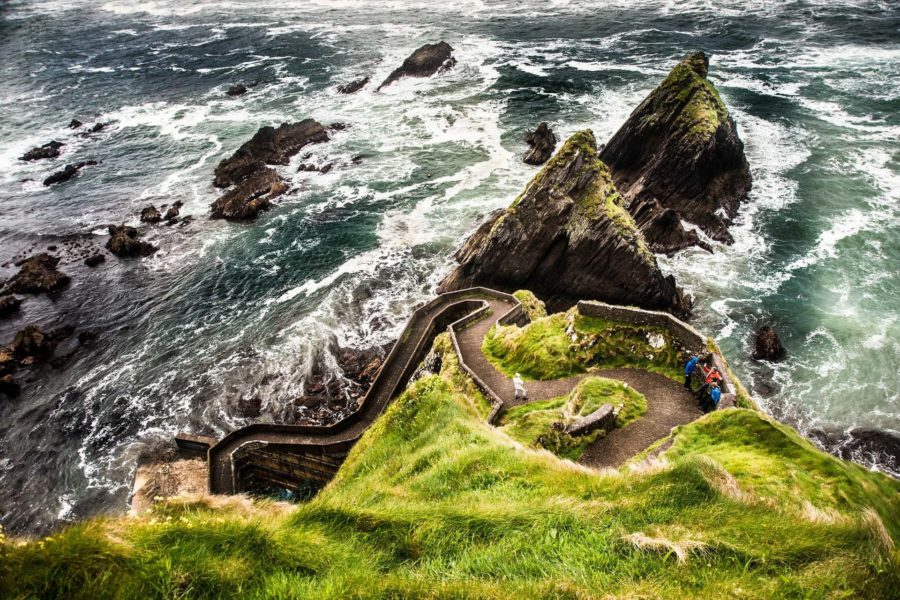
To avoid any collisions, make sure you remember to drive on the left.
Driving Disabled Blue badge parking
There is a Reciprocal agreement between the EU and the USA and Canada whereby EU parking disks are valid in all EU Nations, USA and Canada. Therefore US and Canadian disks are also acceptable in EU countries. If you are at all concerned then Email the Irish Wheelchair Association at – [email protected]. or the Disabled Drivers Association at – [email protected].
Disability has been a problem but there are now options to rent Adapted and Wheelchair friendly vehicles. In the West of Ireland, try Freedom Mobility which is based in Mayo and Oranmore whilst Motability Ireland and Vantastic are Dublin based.
Gas (petrol) in Ireland
Gas or petrol is expensive in Ireland (very similar to Canadian prices per litre). The average current price ranges from €1.49/litre to €1.60 a litre depending on which area you are in. However, the cars are really good at conserving gas and the drives are not as long as they are in N. America.
There are only two types of fuel available here petrol/gas or diesel so make sure you use the correct one to fill up. Check your rental car’s fuel return policy. We had a small hold put on the car rental we used for fuel but it was returned to us around a week after we turned the car in with the gas tank full.
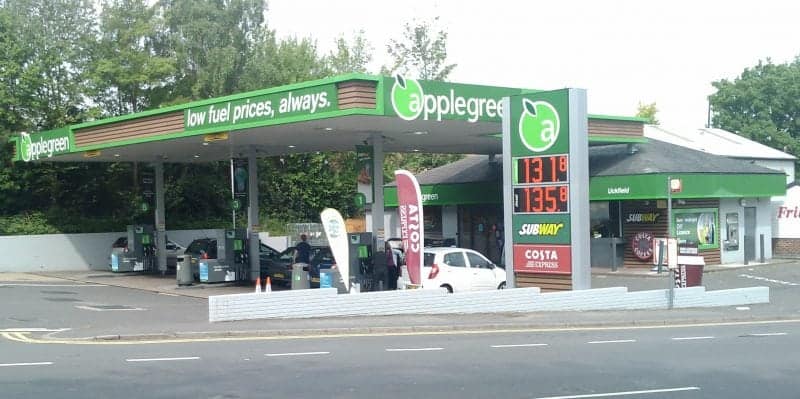
This guest post is from Ireland Before You Die (IB4UD) the biggest Irish travel and culture website. “We highlight the most inspiring experiences Ireland has to offer“.
